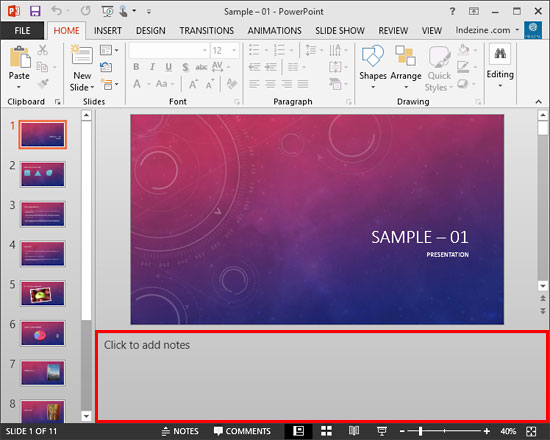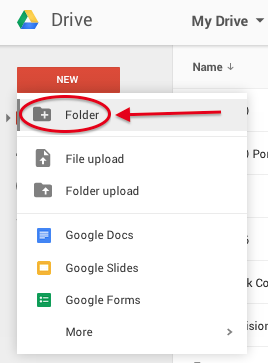As the semester winds down, I’ve begun reflecting on the successes and failures of my class. Which topics led to fruitful discussion? Which assignments caused students the most trouble? Which instructions did I constantly have to clarify? Which activities backfired? As important as this type of self-reflection is, when I wait until the end of the semester, my memory sometimes fails. So I’ve established the habit of journaling throughout the semester. But if you’re like me, your days are full and it’s easy to put self-assessment on the back burner. How do you find the time? The answer is to make the process as quick as possible. Here are some suggestions:
Add Post-Its® to your lecture notes:
If you use paper lecture notes, Maryellen Weimer, the editor of Faculty Focus, suggests attaching sticky notes that contain your teaching to-do list:
“A colleague once shared with me that after class ends, she attaches a small sticky note on the materials from that day, and then imagines she will only have 15 minutes for prep the next time she teaches that material. She writes her to-do list on the sticky note: find more examples of X, create a better question about Y, add another graphic to the Powerpoint slide about Z, etc.”
This is an incredibly simple way to reflect in the moment before you forget what worked and what didn’t. This will ensure you know what improvements need to be made when next semester rolls around.
Use a note-taking app on your phone:
Both iPhones and Androids come with apps already installed that allow you to quickly type notes (iPhones come with a “notes” app and Androids tend to come with a “memo” app). After a particularly successful or terrible class, I will take 1-2 minutes to type what occurred. Were my instructions unclear? Did I not allow enough time for group work? Did that reading spark an enthusiastic discussion? This takes very little time and could be done while you’re still in the classroom. If you have to hurry to your next class or meeting, use the voice memo app that also comes standard on iPhones and Androids. As you’re walking, talk into your phone’s microphone, and record your observations. By recording my questions, ideas, and concerns after each class, I’m creating a fantastic resource to use when I prepare for the next semester. Here’s an example of my iPhone notes:

Use a note-taking app on your tablet:
For those who own tablets, there are a multitude of sophisticated apps that make note-taking quite delightful (just ask my colleague, Mendi, who takes some of the most beautiful notes I’ve ever seen!). These apps work best if you use a stylus (which you can borrow from TLT). It takes only moments to open the app and jot down your thoughts about the quality of each week’s classes. Here are some of TLT’s favorite apps:
Mendi’s recommendation: Notability ($4.99, iOS) combines typing, handwriting, photos, PDFs, and audio recordings to create multi-layered notes. If you’re a frequent notetaker, it’s worth every penny.
Laura’s recommendation: If you’re an Evernote rockstar like Laura, you can’t get much better than Penultimate (free, iOS). Its inking technology looks and feels like real pen and ink, and as you write, the page keeps up with you so you never run out of space. Plus, it syncs with your Evernote account so you have access to your notes from just about anywhere.
Amy’s recommendation: Squid (free, Android) allows you to easily markup PDFs to fill out forms, grade papers, or sign documents. Import images, draw shapes, write on a virtual whiteboard, and add typed text to your handwritten notes.
Other options include:
ColorNote Notepad (free, Android)
Inkpad Notepad (free, Android)
UPAD ($5.99, iOS)
Paper (free, iOS)
Add notes to your Powerpoint slides:
Kathleen Janech, adjunct professor of Biology, adds notes to herself below each Powerpoint slide:
“This way my ideas are right where I need them every year, when I am ready to think about and work on that topic. And if it is something that I realize I need to do weeks in advance, I put a slide note into a lecture earlier in the semester to remind me to work on that.”
For those who aren’t keen on using apps and worry about losing sticky-notes, this is a fantastic way to keep an ongoing record of your teaching observations. Most presentation software have a designated area for notes, including Google Slides, Keynote, and Haiku Deck.

Why bother with all this?
Teaching is a continuous process of exploring, learning, and evolving. If we fail to prioritize self-reflection, we become stagnant and ineffective. So do yourself and your students a favor by getting in the habit of routinely evaluating what happens in your classroom. You don’t have to do it after every class period, or even every week, but don’t wait until the end of the semester. You’ll forget less if you write it down. As poet and author Harley King notes: “So much is buried in our lives that we forget what we have learned.”











